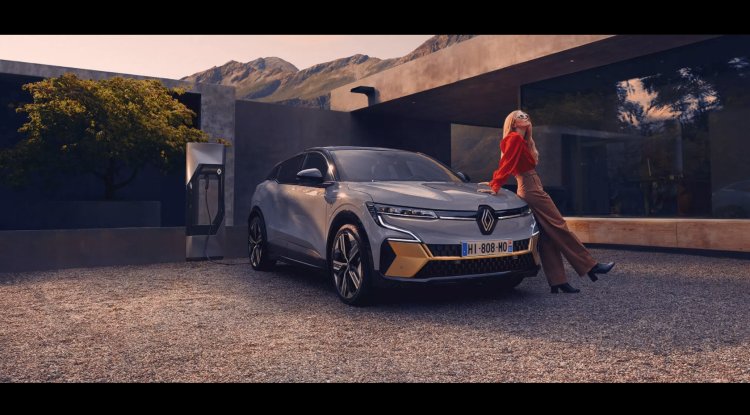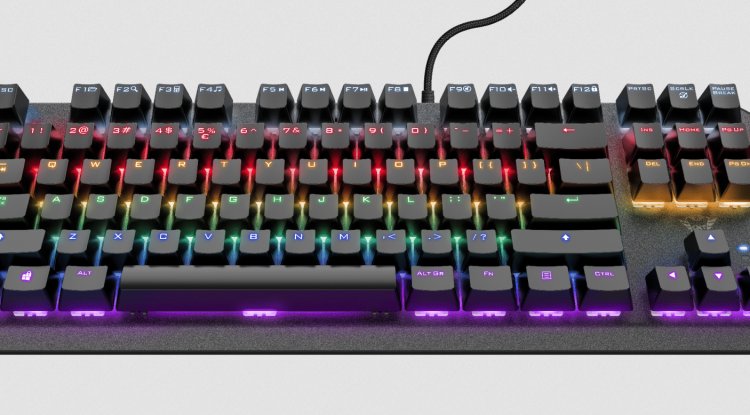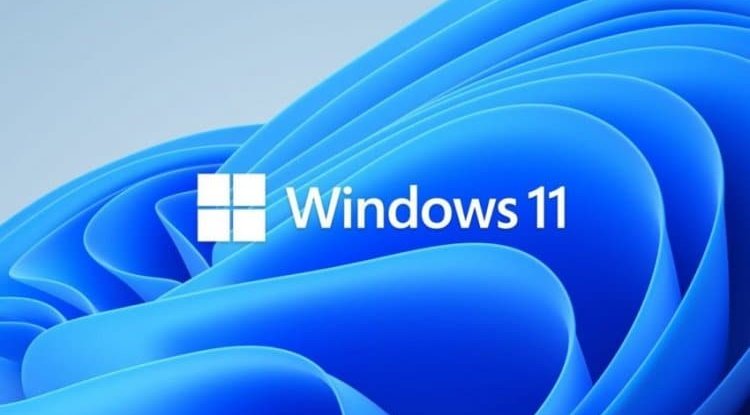Electric Mégane E-Tech: with Google on board

It is the new generation Mégane, and it is entirely electric. Please keep in mind that it is not a replacement for the present Megane. Also, E-Tech Electric does not come with a heat engine. It is entirely electric because it was built on a basis designed specifically for electric vehicles. An Alliance platform (Renault, Nissan, and Mitsubishi) that will be used by other vehicles like the Nissan Arya and a new Renault SUV.
But let us return to Megane E-Tech. There are so many distinctions between this Mégane and the last one that it's difficult to call them both by the same name. According to Renault, the name was retained because it is a well-known model connected with the concept of a compact family. However, E-Tech definitely deviates from the norm. Beginning with the crossover design, the massive wheels (20-inch rims) create an optical illusion. It may appear to be a typical SUV, but it is not. It is barely 1.5 meters in height and 4.2 meters in length.
In other words, it's even smaller on the outside than the Mégane we already knew. In reality, in terms of volume and format, it is similar to Captur. However, because it was designed from the ground up to be entirely electric, the space on board is slightly larger than in the Mégane, particularly in terms of legroom for people in the back seat. Because of the new platform, virtually all of the mechanical and electronic subsystems are focused in the front, under the hood (no, there is no funk), allowing the designers to create the cabin without constraints.
Because it is not essential to conceal systems in the center column, between the driver and the passenger, all of this space was utilized to build sufficient storage places. Due to the lack of transmission, Renault has placed the D/R/P selection (Drive, Reverse, and Park) on the steering column. This entire land was utilized to create enough storage areas. Due to the lack of transmission, Renault has placed the D/R/P selection (Drive, Reverse, and Park) on the steering column. This entire land was utilized to create enough storage areas.
In terms of storage, the spacious QB bag should be emphasized. However, you don't have to be particularly tall to feel your head pressing against the roof when seated in the back seat.
Google on board
The Mégane E-Tech exemplifies the trend of equipping automobiles with ever-larger screens. The primary display is massive, and it complements a wide digital instrument panel. Renault is yet another brand that has chosen – and, in our opinion, wisely – Google Automotive Services. In fact, this means that the infotainment system's UI is fairly Android-like. With access to Google services that we are accustomed to on smartphones, such as navigation with real-time traffic and streaming apps such as Spotify.
And we can install many more because we have access to a store of apps that have been certified for use in Google automobiles. One of the benefits is the incorporation of Google Assistant. That means we can say "OK Google" and initiate a discussion with the tech giant's artificial intelligence. Whether it's to get a dinner recommendation, learn about the place we're passing through, or schedule a meeting. All while keeping your hands on the steering wheel. And because it is built into the car, it can do far more than Android Auto or Apple Carplay: we can provide hands-free commands to operate automotive functions such as the temperature of the air conditioning.
The large display makes the tactile interface of the Google system easier to use than, say, Volvos, which utilize the same operating system.
The technology answers swiftly, and we enjoy how it is connected with the vehicle. For example, we can plan routes that include charging information, which is utilized to pre-condition the battery to ensure a higher charging speed – we'll get to it.
In terms of infotainment, the Mégane E-Tech does not appear to have adequate competitors in the market. In reality, few vehicles in the higher classes provide such a positive user experience with the 'on-board computer.' In comparison to the car that Renault itself identifies as a direct competitor, the Volkwagen ID.3, the Mégane's infotainment system easily triumphs.
This E-Tech is, of course, compatible with the My Renault app for remote access and control of many services like cargo management and trip planning. This software, however, does not have direct interaction with Google services. In other words, it is not feasible, for example, to arrange a trip on a smartphone using Google Assistant, but one of the Renault representatives present at the event hinted that this is a feature planned for future editions.
Still, we felt that Renault's designers and engineers might have done a better job with the physical controls in terms of the user interface. Simply put, there are too many buttons and levers (four around the steering wheel). The advantage is that there are direct physical buttons for everything that is important, but it generated confusion that we believe is unneeded - other brands demonstrate that the same functionality can be achieved with far fewer physical controls.





































